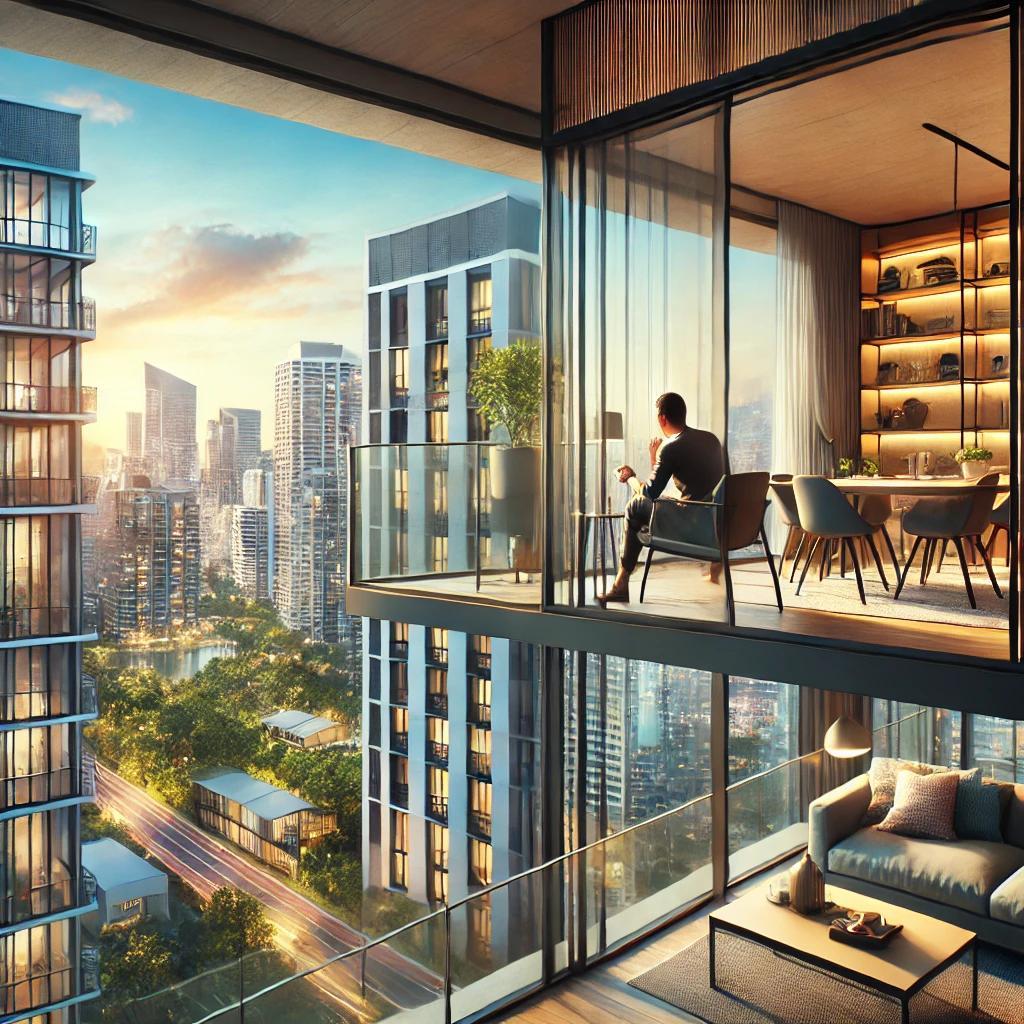Is High Rise Apartment Living the Right Choice?

When deciding if a high-rise apartment suits your lifestyle, several factors deserve attention, including height, location, amenities, and leasing options. This guide explores the main pros and cons of living in a high-rise and whether it aligns with your preferences. Let's start with distinguishing between low-rise and high-rise apartments.
Understanding High-Rise and Low-Rise Apartments
In modern cities, high-rise buildings stand out, yet their definitions vary internationally. In the United States, the National Fire Protection Association considers a building seven stories or higher to be a high-rise, while any structure over 40 to 50 floors qualifies as a skyscraper. Low-rise apartments, often called garden apartments, are usually no more than four stories high.
Advantages of High-Rise Living
Choosing to live in a high-rise apartment has its perks, often appealing to those who value certain lifestyle elements.
The View To enjoy breathtaking city or ocean views, residing a few stories up can be beneficial. High-rise apartments typically offer less obstructed scenery and better natural lighting.
Location High-rise condos are frequently located close to city centers, business districts, and cultural hubs. They provide the advantage of a shorter commute and proximity to dining, work, and entertainment options.
Amenities High-rise buildings often feature luxury residential amenities, as they contain many units. Expect facilities like concierge services, gyms, and pools. Amenities can vary by property, but they are a significant draw for high-rise living.
Elevators With their structure, high-rises usually include multiple elevators. While low-rise buildings might lack such features, high-rises ensure efficient movement, minimizing wait times for residents.
Maintenance High-rise apartments generally have onsite management teams to address leasing and maintenance needs efficiently. This setup allows for quicker repairs, especially if managed by a professional company with dedicated staff.
Drawbacks to Consider
Despite their many benefits, high-rise apartments have some downsides worth evaluating.
Expense High-rise living can be costlier due to construction and upkeep expenses. Rent and monthly service fees might cover security, cleaning, or doorman services.
Storage Space is at a premium in high-rises, and fees often correlate with unit size, which can make storage costly. Some buildings offer additional storage options for a fee, sparing you from parting with belongings.
Pets If you have pets, ensure the high-rise complex allows them and note any restrictions on size or weight. Some places provide pet-friendly amenities, such as dog walking areas and waste stations.
Parking Parking availability is a critical consideration. High-rises may offer limited spaces per unit. Additional spaces could be available for purchase or rent, depending on your needs.
Greenspaces Access to outdoor areas is vital for some residents. Unfortunately, high-rise apartments often lack extensive greenery apart from balconies or rooftop spaces.
Moving The logistics of moving into a high-rise can be challenging. Access to service elevators is essential, and buildings may have restricted moving hours, impacting your schedule.
Before choosing high-rise living, examine these various aspects to determine if it aligns with your lifestyle needs. High-rises present numerous advantages and luxurious amenities that promise an exceptional way of life, but individual priorities and preferences should guide your decision.





